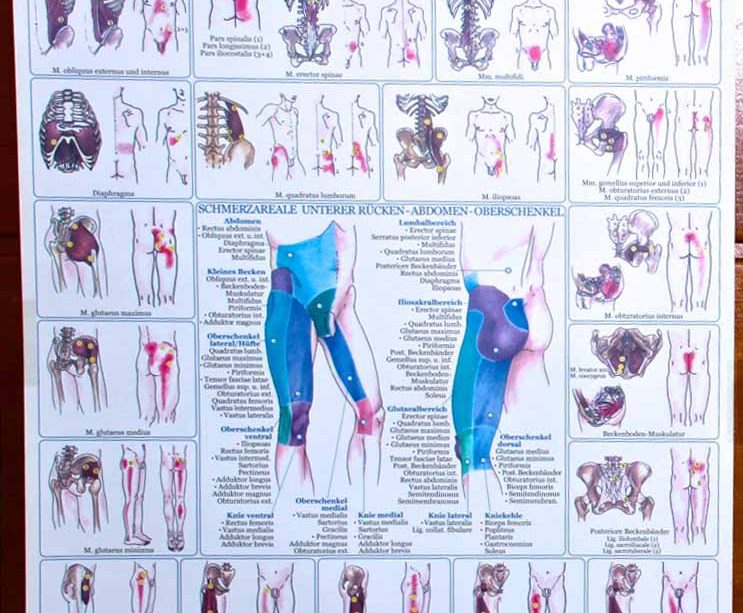Exploring Trigger Points and Their Impact on Muscular Health

Introduction to Trigger Points
Trigger points, often referred to as muscle knots, are hypersensitive areas found within a taut band of skeletal muscle. They are significant not only for their contribution to local pain and discomfort but also for their potential to refer pain to other parts of the body. An estimated 85% of individuals experience muscle pain at some point in their lives, making the understanding and management of trigger points an essential topic for health practitioners and patients alike.
The Nature and Causes of Trigger Points
Trigger points can develop as a result of muscle overuse, injury, poor posture, or even psychological stress. These points are bundles of muscle fibers that fail to relax, leading to tightness, pain, and decreased mobility in the affected area. Research indicates that both physical and emotional factors can contribute to the formation of trigger points, making comprehensive treatment critical.
Identifying Trigger Points
Recognising the presence of trigger points can be difficult, yet certain signs can serve as indicators. Common symptoms include localized pain, tenderness, muscle weakness, and restricted range of motion. In some cases, trigger points may refer pain to seemingly unrelated areas of the body, leading to confusion about the source of discomfort. Therefore, proper assessment by trained professionals is crucial for accurate diagnosis.
Treatment Options for Trigger Points
There are various approaches to managing and treating trigger points. Among the most common therapies are:
- Physical Therapy: A physical therapist may utilise manual techniques such as myofascial release to alleviate tension.
- Acupuncture: This traditional Chinese medicine practice has shown promise in treating dysfunction associated with trigger points.
- Massage Therapy: Deep tissue massage can help to release muscular tension and improve circulation in affected areas.
- Dry Needling: This technique involves inserting thin needles into trigger points to promote muscle relaxation.
- Exercise and Stretching: Implementing a regular routine can help strengthen muscles and improve flexibility, thus reducing the reoccurrence of trigger points.
Conclusion and Future Outlook
Understanding trigger points is vital for both professionals and individuals seeking to alleviate muscular pain. As research evolves, new treatment options are being explored, enhancing the efficacy of existing methods. Patients experiencing persistent pain are encouraged to seek out healthcare providers skilled in diagnosing and managing trigger points. With proper identification and treatment, many can experience significant relief from pain and improved quality of life.









